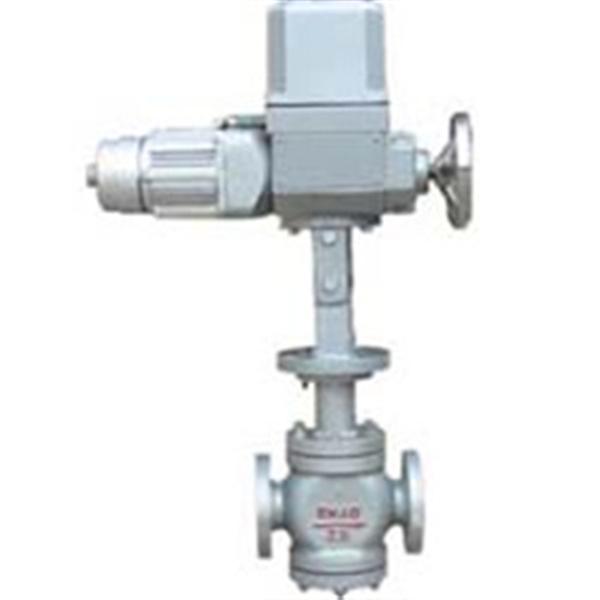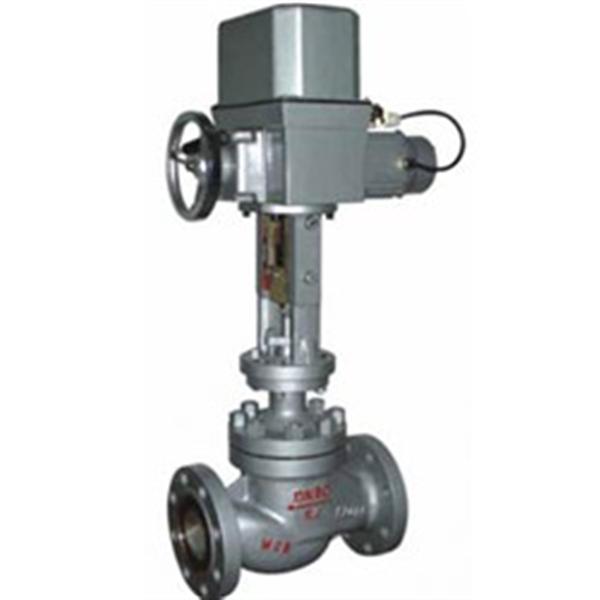The difference between the two-seat valve and the single seat
Description:
As the name suggests, the two seats are two valve seats in the valve body, and the single seat has a valve seat in the valve body. The double seat valve can withstand a large differential pressure, but the leakage is also large; the single seat valve can withstand a small differential pressure, but the leakage is also small.
set
Righteousness
:
Both the single seat valve and the two-seat control valve are straight stroke control valves. The single seat valve has one valve seat, the double seat valve has two valve seats, and the single seat valve has less leakage than the double seat valve. The two-seat valve decomposes the pressure drop in the valve into two areas through the two valve seats, thereby increasing the minimum pressure in the valve, which can reduce the occurrence of cavitation and reduce noise. Therefore, the double seat valve is generally used for occasions with high differential pressure, cavitation or high noise.
.
1.
Straight single seat valve (including small flow control valve)
(l) The structure of the straight-through single-seat control valve through the single-seat control valve is shown in Figure 14-14-3. There is only one spool and one seat in the valve body. The single-seat valve is characterized by a small leakage because it is a single Spool structure. Easy to seal, or even completely cut off, so its structure is divided into adjustment type and cut-off type, the difference is that the shape of the valve core is different, the former is plunger shape. The latter is in the form of a flat plate. Since the single seat valve has only one spool, the thrust of the fluid to the spool cannot be balanced with each other like the double seat valve, so the imbalance force is large, especially in the case of high pressure difference and large diameter, the imbalance force is larger, so the single seat The valve is only suitable for low pressure differentials, otherwise a high thrust pneumatic actuator or a valve positioner must be used.
(2) Small flow control valve The small flow control valve is suitable for regulating small flow. For example, in the production process of petroleum, chemical, etc., it is necessary to use the additive in the production process. The flow coefficient of the general control valve is the smallest. It is 0.08, and the flow coefficient of the small flow control valve is as small as 0.003 to 0.00044.
The structure of the small flow control valve is shown in Figure 14-14-4. It consists of parts such as bonnet, valve body, valve core, filler and gland nut. The small flow valve has a nominal diameter DN of 3/4†and a flow rate characteristic of equal percentage and linearity. 

2 . Straight two-seat control valve
The structure of the straight-through two-seat control valve is shown in Figure 14-14-5. There are two spools and two seats in the valve. The stem moves up and down to change the position of the spool and the seat. As can be seen from the figure, the fluid enters from the left side, passes through the upper and lower spools, and then merges together, flowing out from the right side.
Double seat valves are available in both front and back. In the case of dressing, the spool is displaced downward, and the flow area between the valve core and the valve seat is reduced; when the reverse mounting is performed, the spool is displaced downward, and the flow between the valve core and the valve seat is increased. The relationship between the displacement of the spool and the flow area during formal and reverse mounting is shown in Figure 14-14-6.
Since the double seat valve has two spools and valve seats, the double guide structure can be easily changed into a reverse assembly. As long as the spool is reversed, the stem is connected to the lower end of the spool, and the upper and lower seats are interchanged. The installation can then be changed, as shown in Figure 2-8-7.
to sum up
:
Single seat valve: The leakage amount is small, the differential pressure is allowed to be small, and the flow capacity is small. Applicable to occasions requiring small leakage and low differential pressure. Double seat valve: Allows use of large differential pressure, larger flow capacity than single-seat valve of the same diameter, and large leakage. Applicable to occasions with leakage requirements and large differential pressure.
Single seat
valve
Fluid pair
valve
The unbalance force caused by the thrust of the core is very large, so the straight through single seat
valve
Suitable for small leaks with small diameters
valve
Where the pressure difference between the front and the back is low. Two seat
Valve valve
There are two upper and lower bodies in the body
valve
Core, due to fluid acting on the upper and lower
valve
The thrust of the core is opposite in direction and is roughly offset, so the two seats
valve
The imbalance is small,
valve
There may be a large pressure difference before and after, but due to the complicated flow path in the valve body, the high pressure difference is a serious erosion of the valve body. In addition, due to the upper and lower
valve
The core is not easy to close at the same time, and the leakage is large when closed. But its ability to flow is strong
.
<p>
<strong>We are engaged in offering a wide range of Vacuum Circuit Breaker Interrupter Housings. These housings are widely used for circuit breaking applications in various industries and commercial establishments. Manufactured using high quality raw material, this range is tested and inspected for all the quality parameters by our experts.</strong>
</p>
t-shirts,shirts,jackets,coats,,blazers
Guangdong ganzhou , https://www.cn-gangdao.com
![<?echo $_SERVER['SERVER_NAME'];?>](/template/twentyseventeen/skin/images/header.jpg)